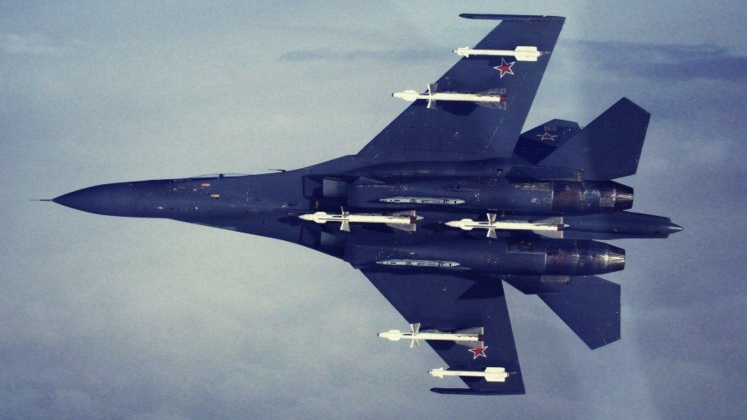On October 20 a Russian Air Force Su-27 Flanker fighter intercepted a British Royal Air Force RC-135W electronic surveillance aircraft over the Black Sea, and after shadowing the British jet for 90 minutes fired a missile in what appeared to be a warning shot. RC-135s and other Western surveillance and airborne early warning and control aircraft have maintained extensive presences near Russia’s western borders since the outbreak of the Russian-Ukrainian War in February, and have played an important role alongside satellite intelligence assets in providing Ukrainian government forces with an advantage in the war. They are equipped to intercept communications, collect intelligence on radar and other signal emitters and locate enemy command and control assets. Their presence is particularly important due to limitations on Ukraine’s own intelligence collection capabilities.

The kind of missile fired by the Su-27 remains unknown, although the R-73 and R-27 are the most likely candidates as the standard armaments for the old fighter class and were developed in the Soviet Union as complementary visual and beyond visual range missiles respectively. Firing anti aircraft missiles on ballistic missiles as warning shots is far from unprecedented, with a Russian operated S-300 air defence system firing a surface to air missile ballistically as a warning shot to Israeli fighter units earlier in the year. Although British sources did not specify the kind of missile used, with some claiming Russia had blamed a technical error for the incident, it was quickly announced that the Royal Air Force would respond to the incident by deploying its Eurofighter jets to escort future surveillance missions near Russian territory. As a much smaller class of aircraft than the Flanker, and one which still relies on old mechanically scanned array radars, the Eurofighter’s ability to operate in contested airspace has repeatedly been brought to serious question.
The RC-135 interception has been by far the most notable appearance for Russia Air Force Su-27s – a class of fighter which has largely been phased out of service due to its age. The Su-27 has played a much larger role in the Ukrainian Air Force, where it represents the country’s most capable fighter class although the fleet has taken heavy losses both in air to air combat and to Russian air defence systems. The Flanker was developed in the Soviet Union and was widely considered the world’s most capable fighter class when it entered service in 1985, and some in Russian service have since been modernised with 21st century avionics including a glass cockpit and the Su-35 fighter’s Irbis-E radar under the Su-27SM2/SM3 upgrade packages. The fighter was previously expected to be phased out of service entirely by the mid-2020s, although the need to replenish losses from the war in Ukraine could well divert new production aircraft for such purposes and lead to the Su-27 remaining in Russian Air Force service for longer.
